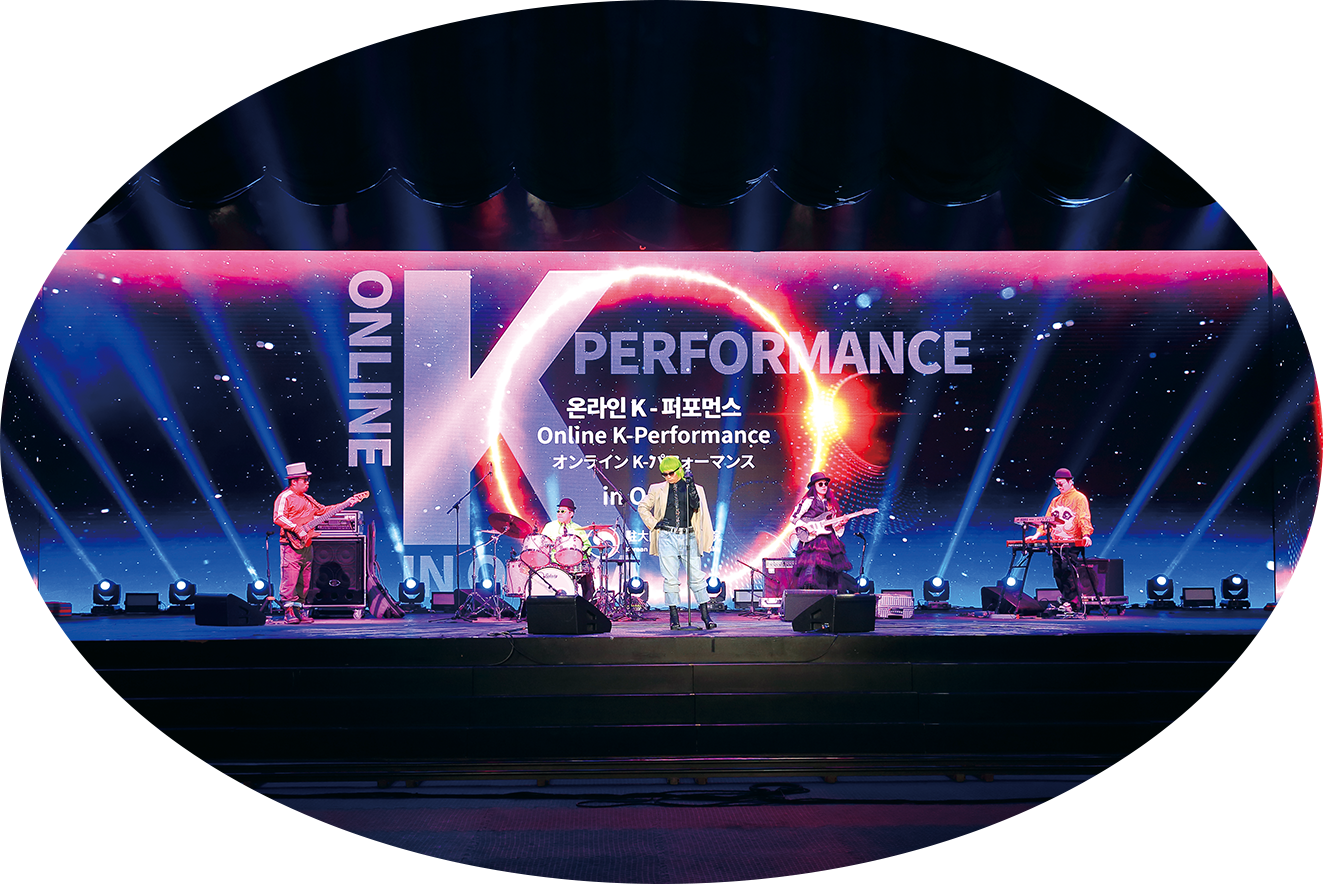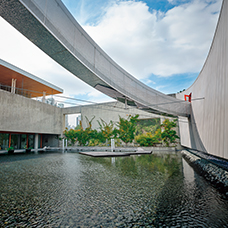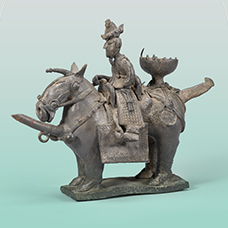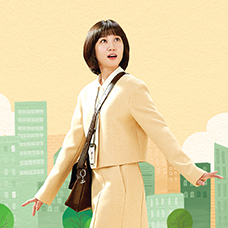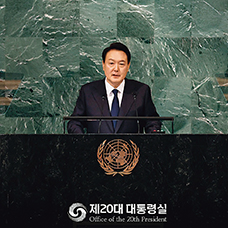Q ― You became a professional sorikkun at a relatively late age, right?
I majored in film production while studying in Japan. After I returned to Korea, I worked as an assistant director for Director Jo Su-hyeon (who produced the music video for Psy’s “Gangnam Style”). I wanted to make a music video about Gyeonggi minyo (folk song of the Gyeonggi-do Province area) because it was the style of music my mother was interested in. I happened to meet Master Chun-hee Lee at a Gyeonggi minyo performance that I went to with my mother. I was humming a folk song during the performance, and Master Lee asked, “Are you thinking of becoming a sorikkun?” That question led me to where I am today.
Q ― The sounds used in traditional Korean folk songs are more diverse than people unfamiliar with the genre think. Can you tell us about Gyeonggi minyo?
Korean folk songs are divided by region. This has created a unique tonal system similar to a dialect that is referred to as tori (regional scale of Korean folk songs). Tori contains the individual tendencies of professional sorikkun. The content of the lyrics also varies from region to region. Gyeonggi minyo are from the Gyeonggi-do Province region centered on Seoul. The lyrics are usually metaphorical, connotative, and poetic. Gyeonggi minyo are characterized by their upbeat and colorful features and often use satirical and humorous black comedy to tell a story.
Q ― You’ve been looking for ways to change various elements that you use during your performances such as sound, costumes, makeup and staging. What made you break away from the image that most people think of when they hear the word “tradition”?
I didn’t really have a specific reason at first. Maybe it was because I became involved with the traditional arts so late or maybe it’s because I’ve been fond of dancing ever since I was born. I don’t really know the exact reason, I just know that I enjoy dancing. I like to use more Western-style dance moves even when I wear a Hanbok (a traditional Korean outfit). That’s why I wanted to combine folk songs with dance music. I wanted to make a folk song that was packed with a modern sound and find the perfect visual for it. The reason was actually quite simple.
Q ― Last year, you performed non-face-to-face performances in Japan and Egypt at the invitation of cultural institutions affiliated with the Korean Culture and Information Service. I think you’ll have more opportunities to perform for international fans in a non-face-to-face setting. Could you share some tips that will help international fans enjoy your non-face-to-face performances?
The visual effects reflected on the screen are often very large when it comes to non-face-to-face performances. Traditional sounds, modern sounds and traditional Korean music create a strong stage presence. I think international fans should look forward to the visual part of the performance as it occupies such a large proportion of the non-face-to-face setting. I hope fans can understand how hard we work to create each stage as well as the fact that we pay attention to every tiny detail. I think being able to understand those details will help fans enjoy and experience an even deeper connection with me and the performance.
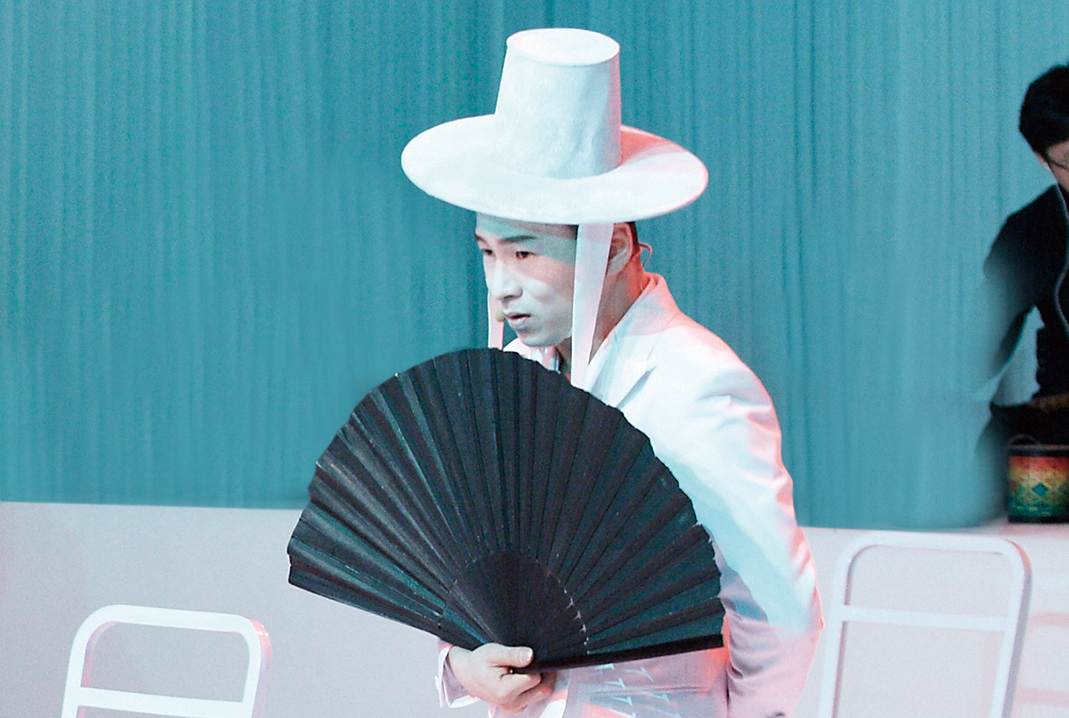
Order-made Repertoire series ‘Zap’ performance
Q ― You’ll be performing “Gangnamoasis” starting in October. You already held the showcase performance at the beginning of the year, so this performance is the main one, right? What makes it different from the showcase performance?
“Gangnamoasis” is a new type of musical performance called Song Form Stories. I was focused on preparing a musical framework for the showcase performance at the beginning of the year. However, for the main performance, I decided to focus more on the music, so I reworked the composition and direction of the story. I also created a new set design to match the concept of “Gangnamoasis.” Author Ja-hye Koo and I added a careful adaptation to the original story composition I created with author Jae-woo Oh.
Q ― “Gangnamoasis” focuses on your early childhood.
I’ve been told that the ego is formed from birth to around the time a person reaches the age of thirteen. The theme of my life during that time was “the absence of a father.” I only have memories of my father until I was around seven. I don’t even have that many memories as I didn’t spend much time with my father; he was a busy man who traveled to Japan quite often for business. I had to think a lot to find the best way to describe my father in my work. However, there were very few memories that came to mind.
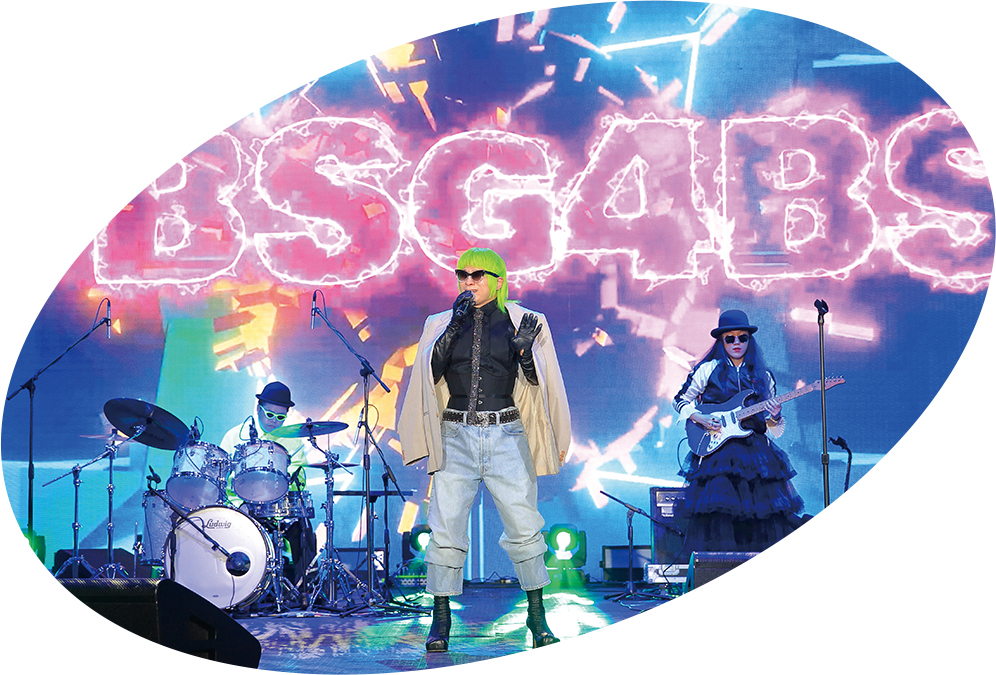
In this time of growing non-face-to-face performances, Lee delights online audiences by enhancing the visual components.
Q ― So, how did you create your work?
I knew that there was no other way to tell the story than to tell the truth. My work is structured around three stories. The first is the story the narrator had been told about his father from his mother. The second is the story that the narrator wanted to tell his father (for example, the narrator’s resentment towards his father or what he wanted his father to be). The third is the story the narrator’s father told the narrator after he had heard everything.
Q ― You challenged yourself with writing lyrics and composing for the first time.
I had wanted to tell my story before I became more familiar with traditional Korean folk songs, so I didn’t have a particular song I could use at the time. That’s why I decided to write the lyrics and create a new song. I had never felt the need to do that. The lyrics of folk songs are already really good, so I never needed to write any of my own. If pansori (a Korean style of storytelling done by a singer and a drummer) is described as a novel, then the lyrics of a folk song are a poem. I thought about entrusting my work to an actual poet. However, as I was laying down to sleep one day, all the things I wanted to say suddenly came to mind. I wrote down as much as I could remember. It may have seemed a bit one-dimensional, but it was an expression of my heart.
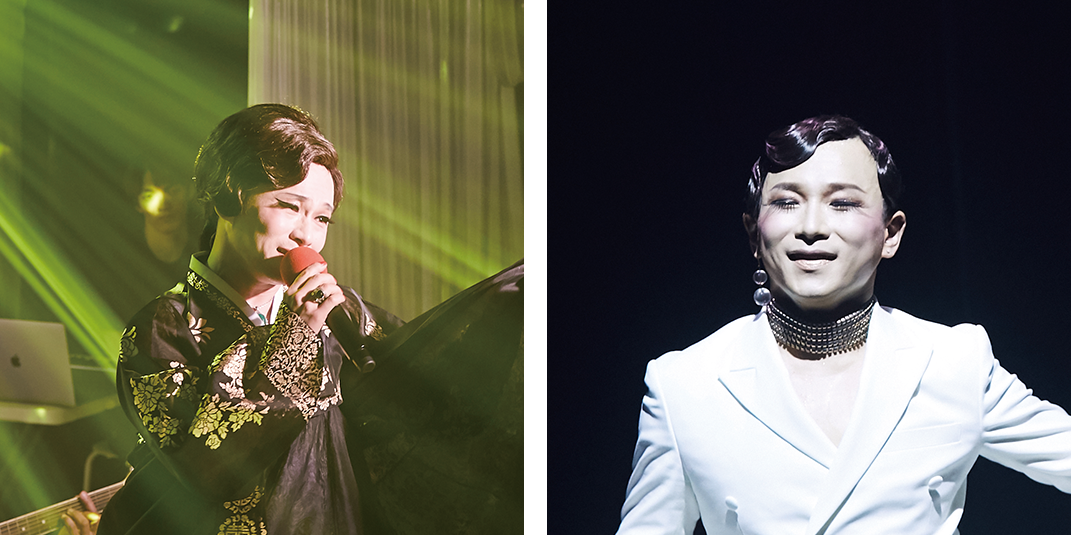
(Left) Deep Love trilogy ‘Minyosamcholri’ performance. (Right) Leeheemoon project ‘Nal’ performance
Q ― In this performance, you’ve removed your heavy and strong makeup. Yet, in a way, it can be said that you have actually become more daring in terms of creativity.
I think I’ve done as many different makeup looks as I can. I feel like I was able to use makeup as a device for becoming what I wanted to become. For the past 20 years, I have been following a certain concept that I thought I had to. Yet I’ve come to the realization that I don’t have to do that, that I don’t have to wear such strong makeup.
Q ― It seems like your thought process has changed naturally.
I started my career in the traditional arts in my late twenties. I continued to do traditional vocal music, but I did contemporary work based on what I had learned. It was then that I had an interesting thought. “Should tradition be kept as it is?” I didn’t really know where I could go to get an answer to my question, so I started studying the history of Gyeonggi minyo. Studying helped free me from the frame of stereotypes. “Tradition” seems to be fixed, but it’s actually contemporary. When folk songs were originally sung, people described them as contemporary because things were happening in the present. We refer to things that happened in the past as “traditional,” but there was a time when those things occurred in the present. My desire to learn more about Gyeonggi minyo stems from my desire to see it continue to grow.
Q ― What’s your plan on doing after “Gangnamoasis.”
I hope to do a local tour next year if I receive a good response to this year’s performance. I plan on producing the second part in the Gangnam series during the second half of next year.
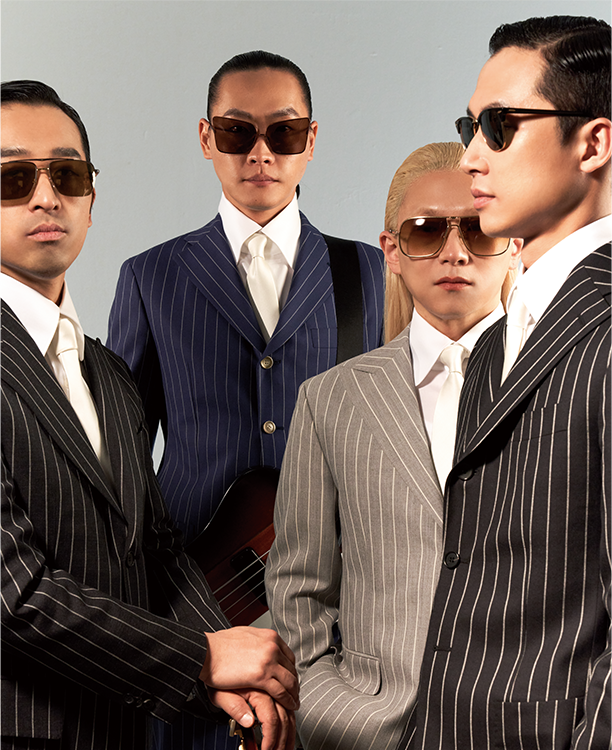
Lee Heemoon and the trio CADEJO perform ‘Gangnamoasis.’



